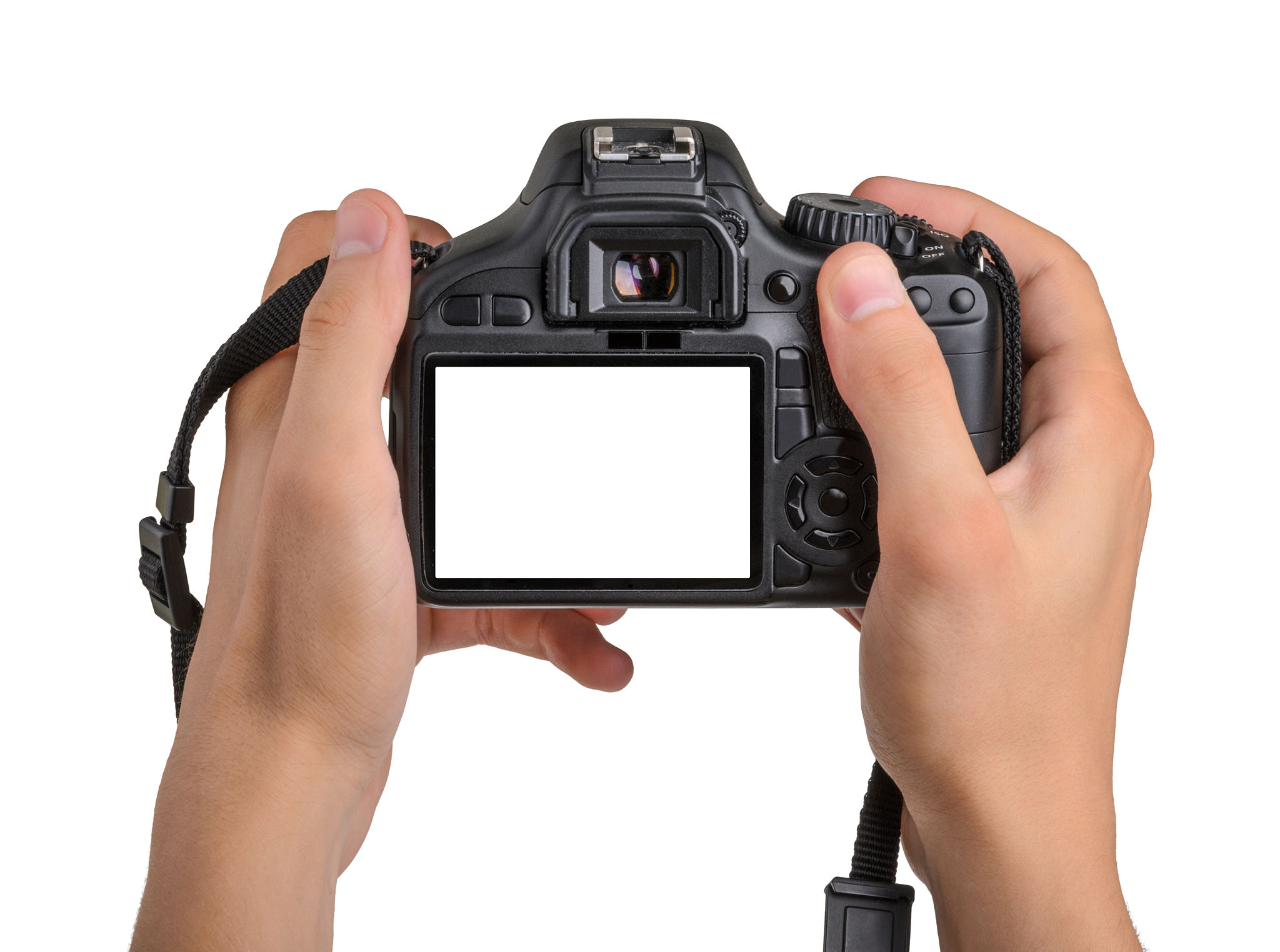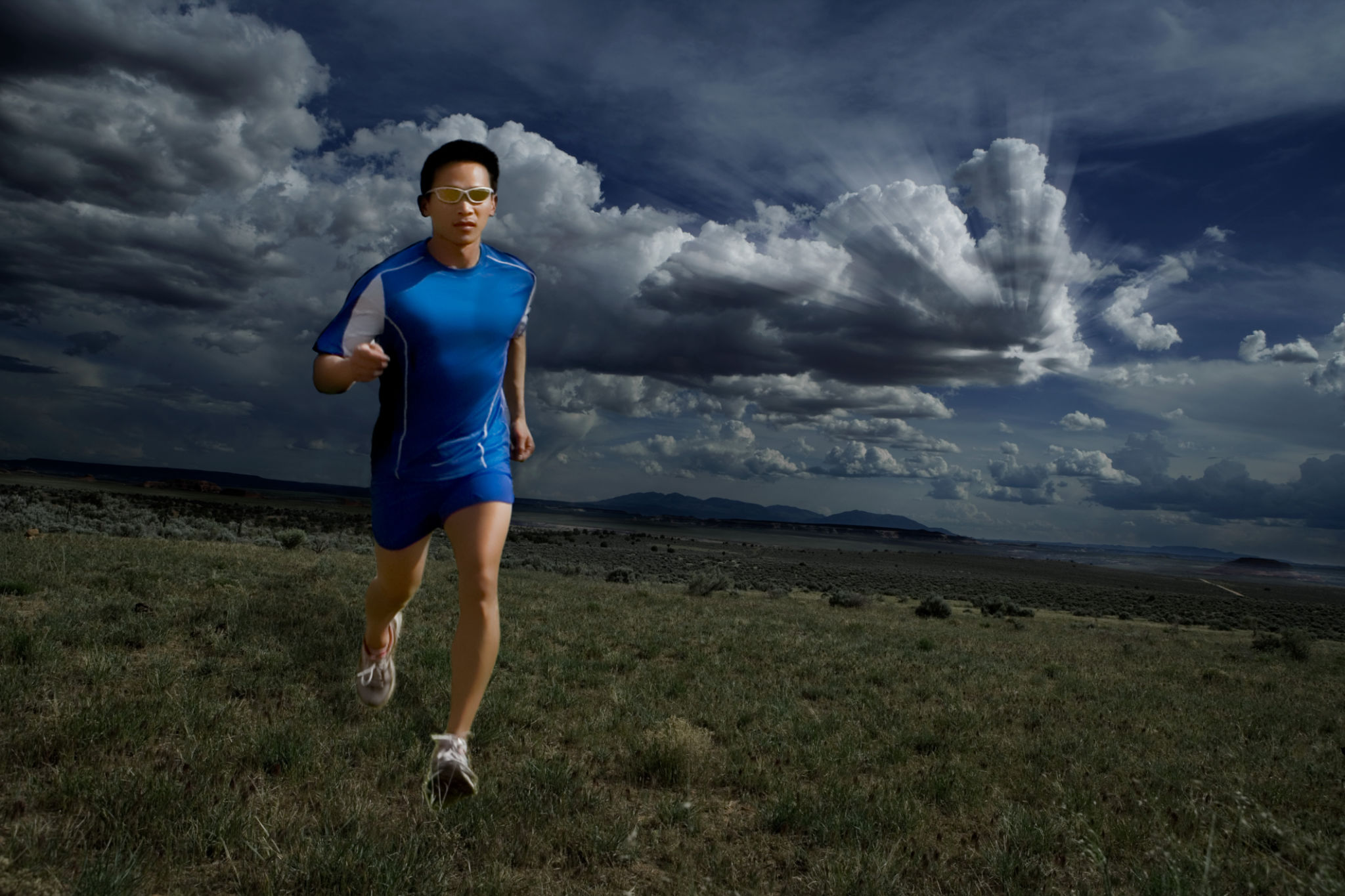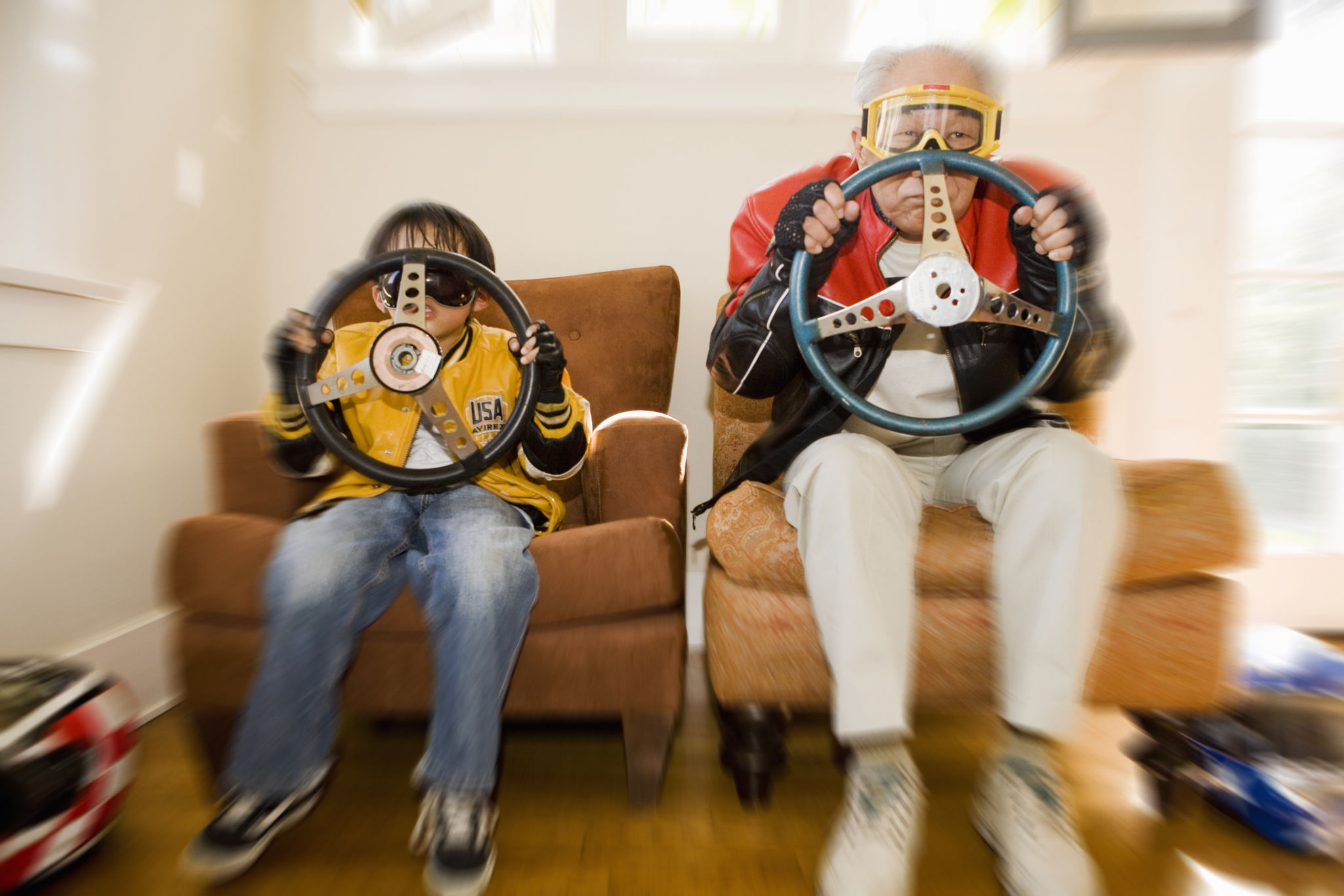DIY Photography: Simple Tips for Stunning Shots
Understanding Your Camera
Whether you're using a DSLR, a mirrorless camera, or just your smartphone, understanding your device is the first step to capturing stunning photos. Each camera has its own set of capabilities, and knowing how to utilize these features effectively can make a huge difference. Spend some time exploring your camera settings, learn what each function does, and practice using them in various scenarios.
Pay attention to important settings like ISO, aperture, and shutter speed. These three elements form the cornerstone of photography known as the exposure triangle. Experimenting with these will help you understand how they affect your photos, allowing you to take control of the outcome.

Mastering Composition
One of the most crucial aspects of photography is composition. A well-composed photo can make even mundane subjects look captivating. Utilize the rule of thirds, a technique where you divide your image into thirds, both horizontally and vertically, and place your subject at the intersection points. This creates a more balanced and engaging photo.
Don't forget to experiment with different angles and perspectives. Shooting from a low angle can add drama, while a high angle might give a new context to your subject. Play around with framing and leading lines to guide the viewer's eye towards the focal point of your photo.

Lighting is Key
Lighting can make or break a photograph. Natural light is often the best source, so try to shoot during the golden hours—early morning or late afternoon—when the light is soft and warm. If you're shooting indoors, position your subject near a window or use reflectors to bounce light onto your subject.
If natural light isn't available, consider using artificial lighting like lamps or LED lights. Be mindful of shadows and highlights, and adjust your lighting setup to ensure your subject is well-lit without harsh contrasts.

Post-Processing Tips
Editing is an integral part of modern photography. While it's important not to overdo it, subtle adjustments can enhance your images significantly. Use software like Adobe Lightroom or free alternatives like GIMP to adjust exposure, contrast, and colors. Cropping can also help improve composition if needed.
Consider using filters or presets for a consistent look across your photos. However, remember that less is often more; aim for edits that enhance rather than completely alter your original shots.

Practice and Patience
The key to improving your photography skills is practice. Take your camera with you wherever you go and capture anything that catches your eye. Over time, you'll develop a better understanding of what works and what doesn't. Patience is equally important; not every shot will be perfect, but each one is an opportunity to learn and grow.
Join online photography communities or forums to share your work and gain constructive feedback. Engaging with other photographers can provide new insights and inspiration for your own photography journey.

